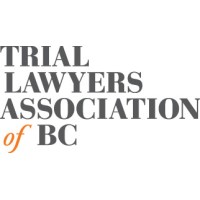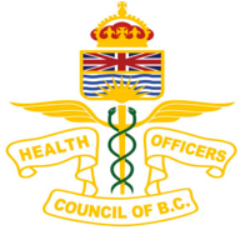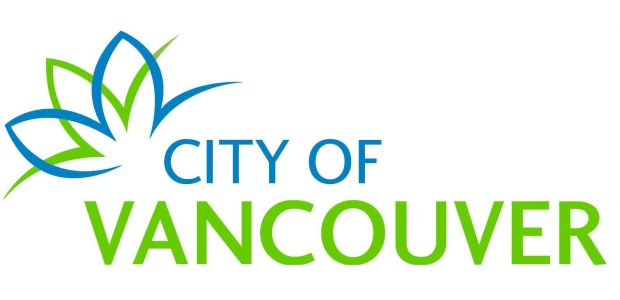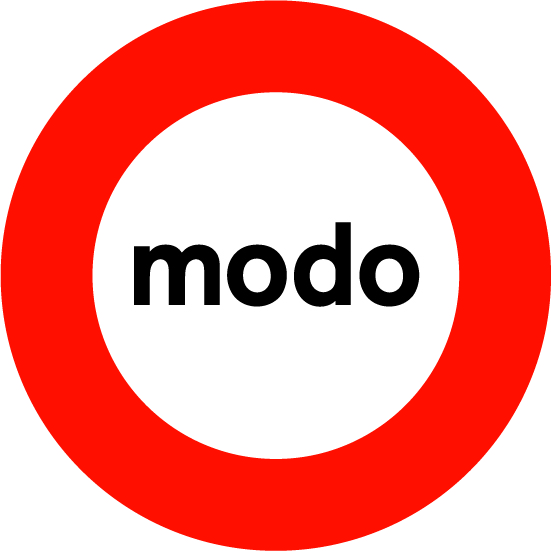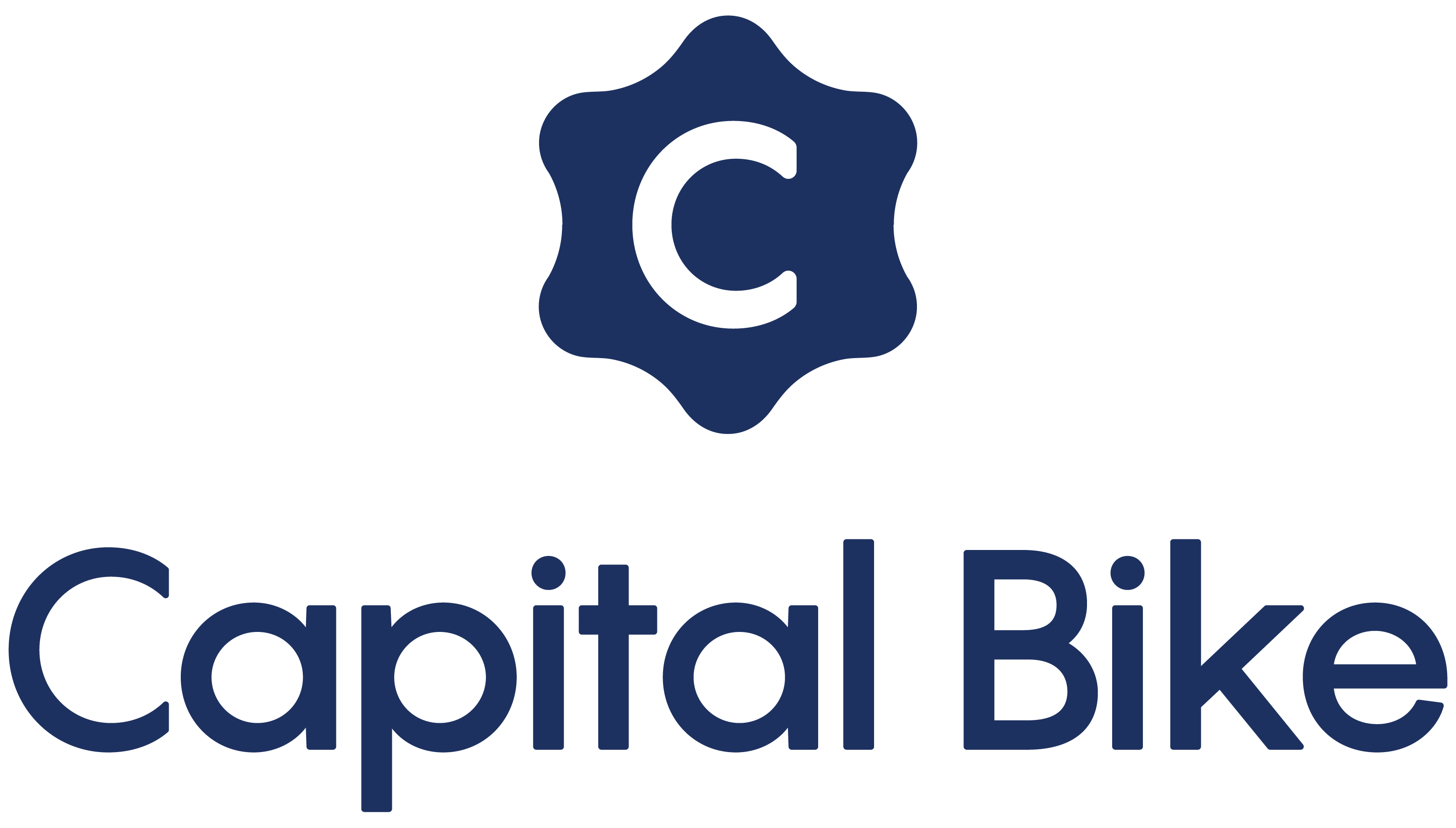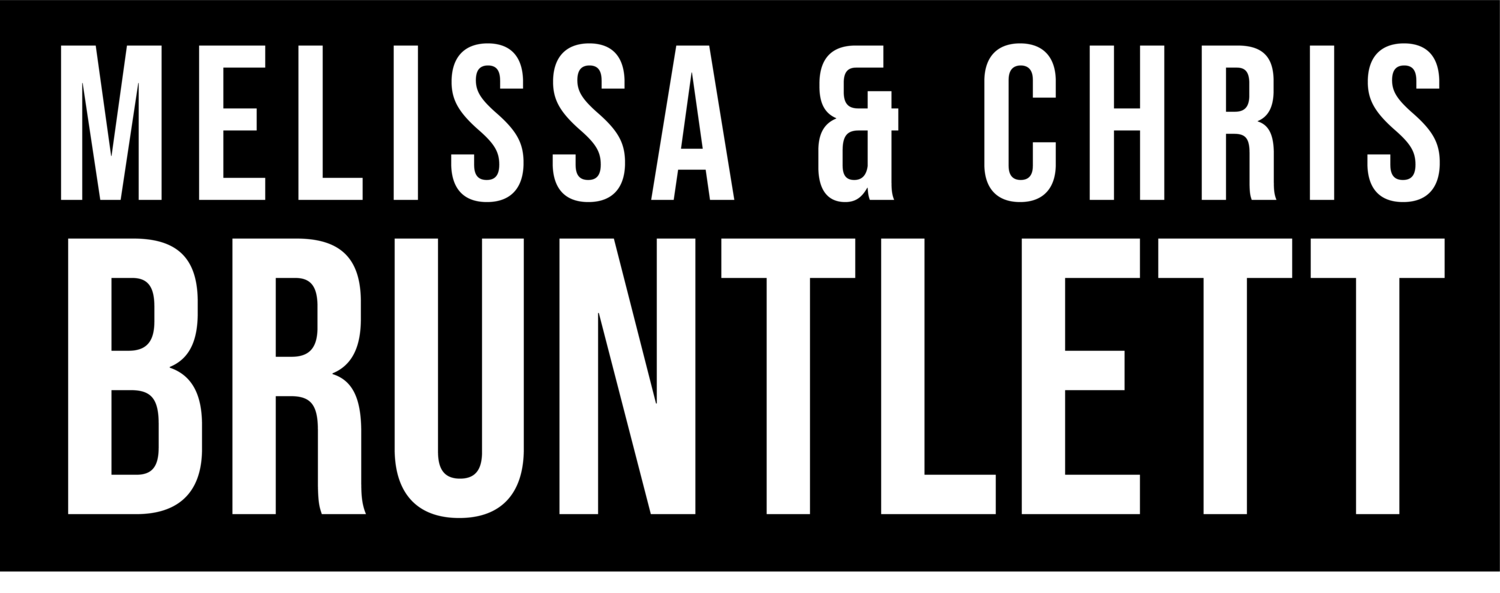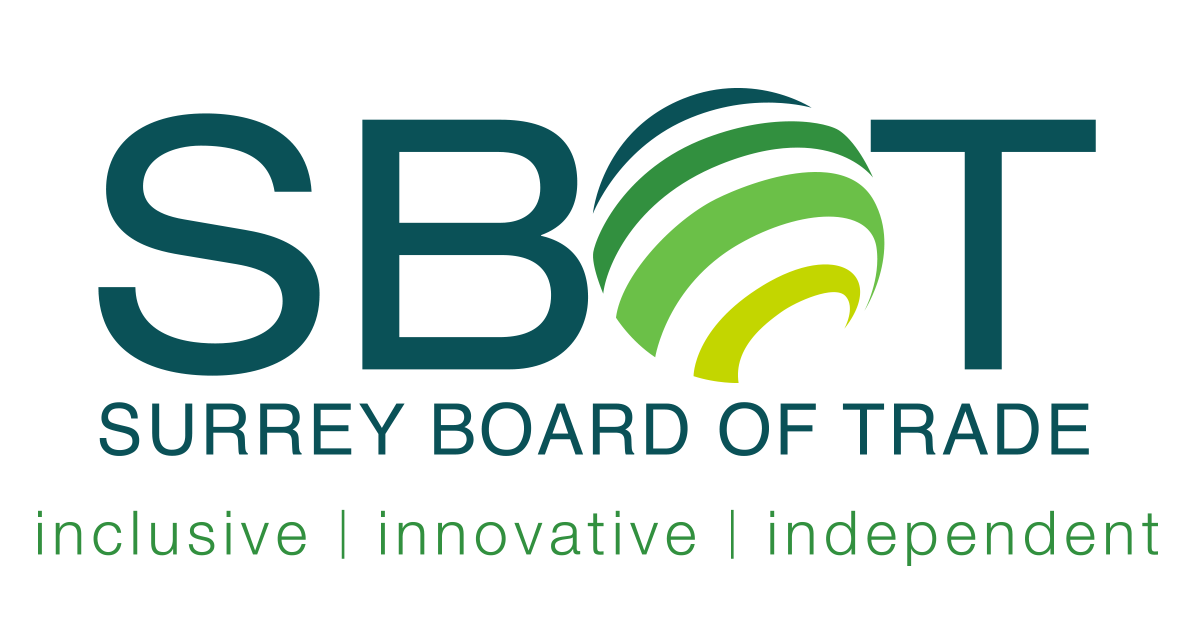Main menu
BC Motor Vehicle Act Improvements

HUB Cycling collaborates with the BC Cycling Coalition and other advocates to improve legislation to better protect vulnerable road users. Since 2016, we have made several recommendations to the Provincial Government.
In spring 2023, the BC Government passed legislation based on some of these recommendations. Bill 23 is a first step to reforming the outdated Motor Vehicle Act. There are many positive changes, including:
- Vulnerable Road User, Cycle, Pedestrian, and Motor Assisted Cycle (e-bike) are now defined in the full Act, providing more clarity and accountability.
- A duty (of care) imposed on drivers of motor vehicles in relation to vulnerable road users.
- Stronger penalties for unsafe behaviour around vulnerable road users.
HUB Cycling, in partnership with the BC Cycling Coalition, provided an updated list of recommendations to the Provincial Government in 2024, with the goal of focusing on improvements that will both improve safety and increase the use of active and healthy transportation, including asking that the Provincial Government introduce a Safe Intersections Law and a Safe Neighbourhood Speeds Law. Learn more about these recommendations below or download the PDF here.
Safe Intersections
By restricting drivers from turning Right on Red lights, we can improve safety for vulnerable road users like people walking, rolling, scooting and using wheelchairs. Without such protections, allowing right turn on red lights creates conflict between people driving, walking and cycling and increases the chances of collision.
Numerous studies* have demonstrated that banning right turns on red lights can significantly decrease the number of crashes, particularly those involving people walking, rolling and cycling.
Prohibitions on right turns on red lights exist in many countries and have been proven to enhance safety at intersections for all road users by reducing conflicts between turning vehicles and vulnerable road users. The evidence is clear: prohibiting right turns on red lights saves lives.
We recommend municipalities adopt implementing no right turns on red lights at high-crash intersections and support HUB Cycling and BCCC in pushing for a provincial-wide ban as part of the BC Motor Vehicle Act reforms.
Evidence & Support
According to ICBC, approximately 60% of crashes occur at intersections - banning right turns on red is one more way alongside a host of other measures that can reduce injuries and fatalities and work towards Vision Zero.
In Washington State, the Department of Transportation found that 20% of collisions involving a driver hitting a pedestrian or cyclist occurred on a right turn.
Right turn on red appears clearly as the most dangerous motorist maneuver for pedestrians at intersections with a crash rate about three times higher than the level of exposure (see chart below with comparisons of relative risk).
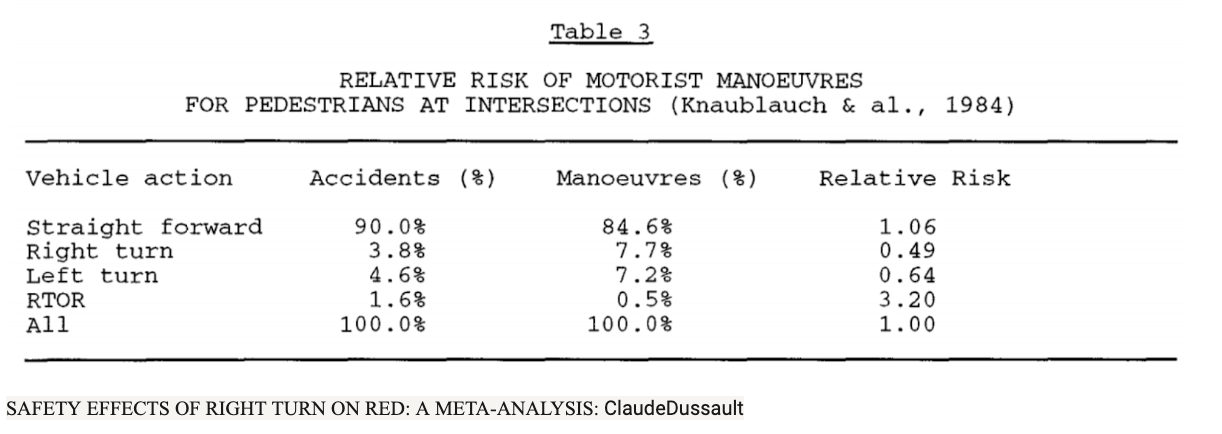
In 2018, Washington, D.C., banned right turns on red at 100 intersections. Data showed red-light conflicts between vehicles and pedestrians were all but eliminated.*
We ask that you support this recommendation and help increase road safety for all. To support our advocacy work, contact us at mva @ bikehub.ca
* States Consider Ending Right on Red to Address Rising Pedestrian Deaths
Safe Neighbourhood Speeds Law
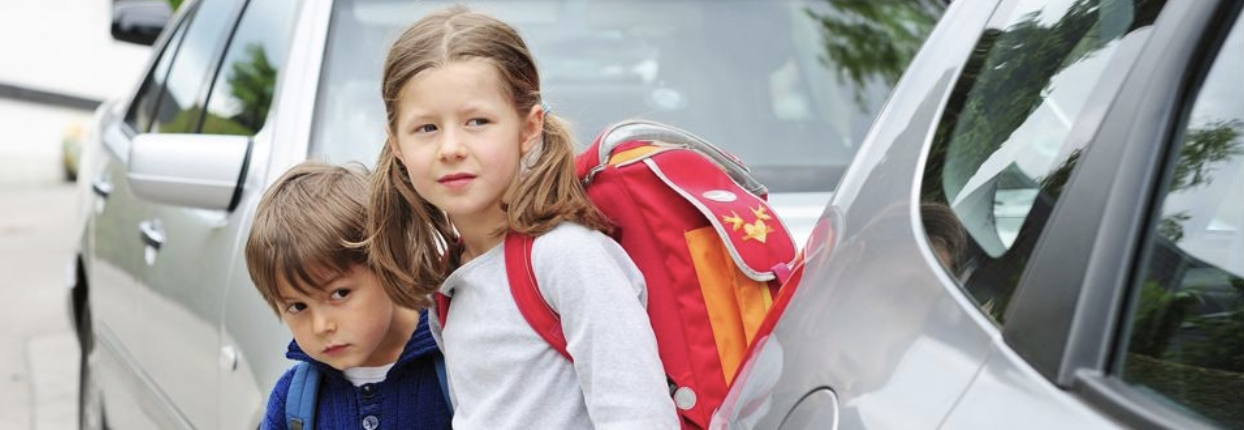
Setting default neighbourhood speed limits at 30km/hour in the BC Motor Vehicle Act will dramatically improve safety in our communities. It is widely recommended by health agencies, including the World Health Organization and BC’s Provincial Health Officer. Most people want slower speeds in their neighbourhoods: in a 2013 survey by the Canadian Automobile Association, 94% of respondents reported that speeding on residential streets was a serious threat to their personal safety.
We are recommending a Safe Speeds Law that would require all vehicles to travel at a maximum 30km/hour on neighbourhood streets (streets without a centre line) as the default speed limit. Exceptions would need to be specified with a sign on each block.
Evidence & Support
- In London, the introduction of 20 miles/h (32 km/h) zones was associated with a 42% reduction in road casualties.
- Similar benefits have been found in Denmark, Germany, and the Netherlands for people walking and cycling.
- In a Vancouver and Toronto cycling safety study, the injury risk at intersections with traffic speeds up to 30 km/h was half that at higher speed intersections.
We ask that you support this recommendation and help increase road safety for all. To support our advocacy work, contact us at mva @ bikehub.ca
The following organizations endorsed the 2018 position paper.
* Letter of support from Interior Health (PDF).
Your support enables people of all ages and abilities, across regional and diverse communities, safer and more just transportation options.
What is the Impact of Your Generous Gift?
- $2,500 helps us develop programs for communities that may face social, cultural, and/or financial barriers to cycling.
- $1,500 helps us maintain and expand our letter-writing tool to enable British Columbians to communicate directly with decision-makers about the importance of investing in improved cycling in BC.
- $500 helps us engage with equity-deserving communities about their needs
- $250 helps us provide infrastructure research support needed for an advocacy project like expanding cycle highways to underserved communities.
- $100 helps HUB organize online learning to encourage people of all ages and abilities

